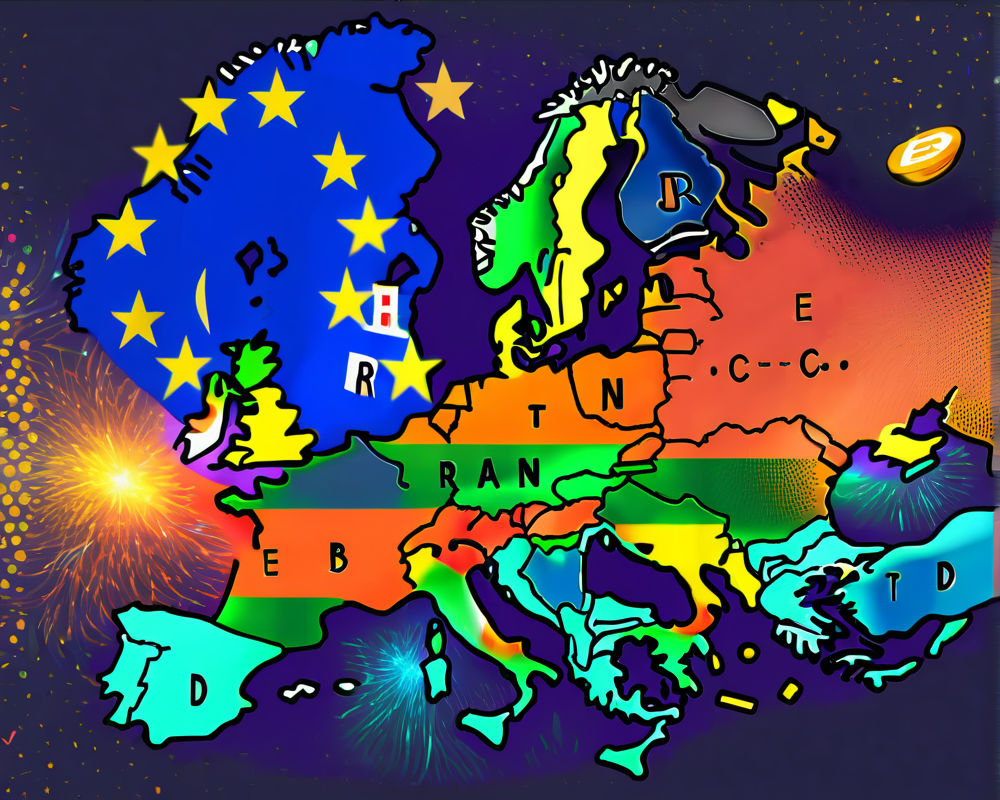A Step Towards Greater Transparency
In a significant move, lawmakers in the European Parliament have overwhelmingly endorsed the eighth iteration of the Directive on Administrative Cooperation (DAC8), targeting cryptocurrency tax reporting regulations. During a session held in Strasbourg on September 13, the directive garnered 535 votes in favor, with only 57 opposing it. If you thought your tax returns were convoluted, wait until the crypto world gets a taste of DAC8.
Understanding DAC8
So, what’s the big deal about DAC8? Essentially, it’s designed to empower tax authorities within EU member states by allowing them the tools to monitor cryptocurrency transactions made both by individuals and organizations. This legislative measure aims to stamp out tax evasion by shining some serious light on the murky waters of crypto trading.
In December 2022, the European Commission laid the foundation for this framework, requiring crypto-asset service providers to report transactions involving EU clients. It sounds a lot like your average tax season, right? But in the crypto realm, the stakes are even higher.
Implementation Timeline
After the pivotal plenary vote, DAC8 is set to go into action, with EU member states given until December 31, 2025, to implement these rules. Mark your calendars because starting January 1, 2026, it’ll be time for crypto investors to get their financial ducks in a row.
Critical Voices and Concerns
Despite its ambitious goals, DAC8 hasn’t escaped scrutiny. Critics argue that its framework resembles the existing Crypto-Asset Reporting Framework (CARF) to a fault, potentially leaving member states stripped of their ability to oversee individual regulations. Max Bernt, chief legal officer at Blockpit, voiced worries regarding the obligation placed on reporting crypto asset service providers to decipher the reportability of each transferred crypto-asset on a case-by-case basis. Talk about a headache!
Conclusion: A Necessary Evolution?
The overwhelming support for DAC8 signals a seismic shift towards regulation in the cryptocurrency sector. While it aims to increase transparency and compliance, it raises essential questions about the burdens imposed on crypto service providers. At the end of the day, will this lead to a simpler tax process for crypto transactions or merely add another layer of complexity? Only time will tell, but one thing’s for sure: the taxmen are coming, and they are armed with serious legislative backing.




